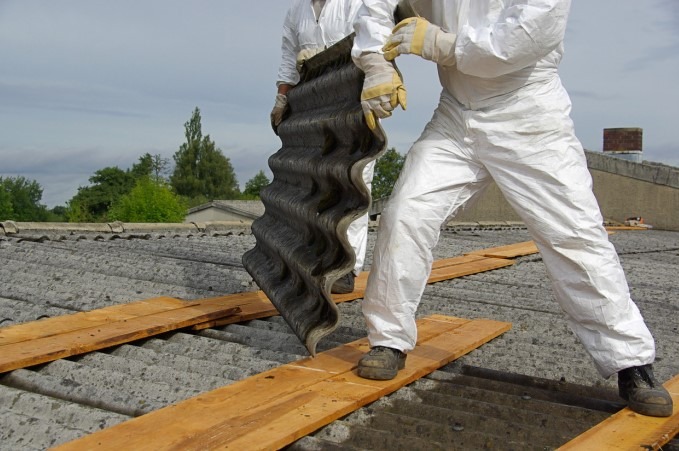Asbestos refers to fine silicate material that is highly resistant to heat. It is used for insulation and fire resistance. There are six types of naturally occurring asbestos material. They are all composed of fibres that are resistant to electricity and corrosion. The most common fibres associated with Asbestos are Serpentine and Amphibole. This material was widespread and highly encouraged in the age of the industrial revolution. Recently, there has been a ban on this material due to the many harmful effects caused by its usage. The scheme of Asbestos removal in Wollongong aims to provide its citizens with freedom from many harmful lung diseases.
Harmful effects of Asbestos
The fine fibrous silicate material is known for causing Asbestosis – a lung disease caused by inhalation of Asbestos material composed of magnesium silicate. Exposure to this for a prolonged period can lead to shortness of breath. Reports have suggested that people exposed to this material have diminished lung capacity compared to others, thus causing breathing problems and depletion of oxygen levels in the body. It is also known to cause cancer without any cure for it. Children develop nausea and digestive problems when exposed to Asbestos at a young age. Therefore it is essential to remove this silicate fibre from houses, drains, heating flues, roofs, etc. There is a complete ban by almost all industrially developed countries that use Asbestos. These Countries include Germany, Finland, Ireland, New Zealand, Chile, Luxemburg, etc.
Popularity and widespread use of Asbestos fibre in Wollongong
This city is in the Illawarra region of New South Wales, Australia. It is informally referred to as ‘the Gong.’ The Tasman sea flanks the city’s coast. Wollongong is known for its heavy industry and port activity, making using Asbestos very common. Asbestos, an excellent material highly resistant to heat, is used in the city’s roofs of the mining and coal industry. Due to the wide use of this material in the city, many people have become victims of the deadly diseases it possibly causes.
Traditional and antique structures and houses built in Wollongong before 1990 contain the material that makes people very exposed to it. Asbestos removal in Wollongong has come a long way since 2015.
All about Asbestos removal
Disposal of more than 10 square feet of Asbestos requires a license since it is harmful to the people who remove it. Self-removal of Asbestos is not advised, and dumping it in self-storage or public bins is illegal. However, various self-removal kits come with guidelines. Once removed, certain companies accept waste Asbestos.
Pre-removal procedure- Wear gloves and shoes that can be discarded soon. Weaning a surgical mask is highly recommended as it contributes a lot to preventing the harmful fibrous gases from inhaling. The Asbestos materials need to be made wet until they can become airborne. The area must be wet again with water once all the visible region has disappeared. This is to ensure extra safety and precaution. Once this is done, the remaining material must be safely transferred in disposable bags.
Post removal procedure- The bags containing the materials have to be disposed of in landfills specifically made for Asbestos. It shouldn’t come in contact with regular waste at all.
Professionalism VS DIY
Professional services are advised when there is too much Asbestos with fewer cleaning tools. One must always find out if it is legal to clean it up alone. Various professional and government agencies in the city of Wollongong remove this harmful silicate material. It is best advised to leave the Asbestos removal process to highly trained professionals with the required tools for the procedure. They also know where to discard the material.
Author: Alison Lurie

